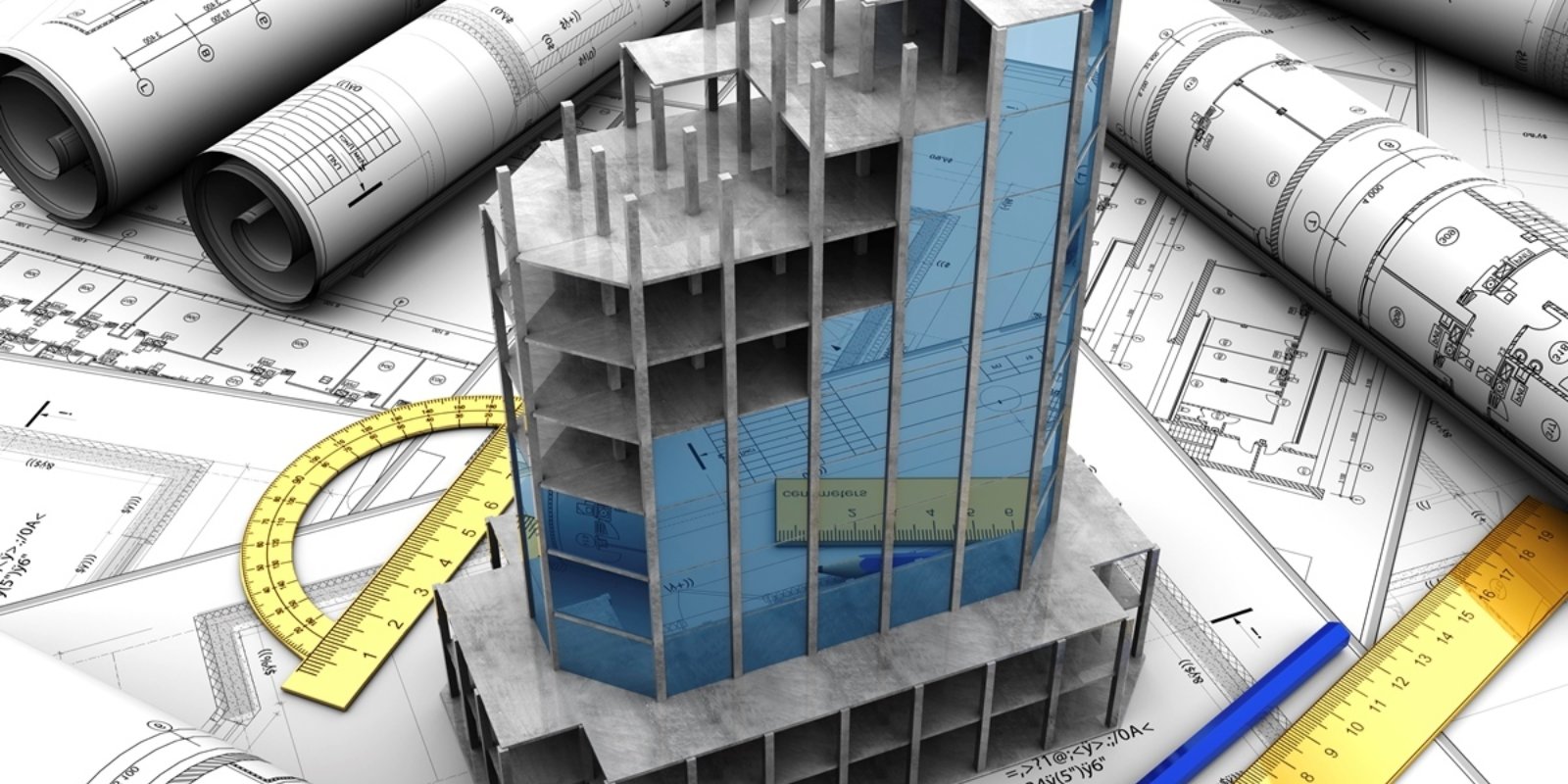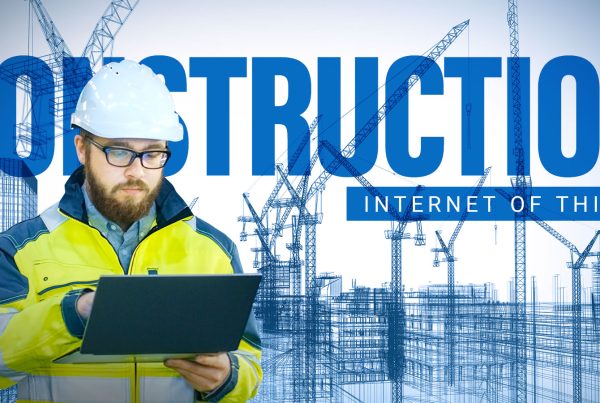The rapid advancement of digital technology has significantly impacted various industries, and commercial real estate is no exception. A marked shift is evident in how buildings are being designed, constructed, managed, and used. At the forefront of this evolution is the concept of ‘smart buildings.’
In the context of commercial real estate, a smart building is a structure that uses interconnected technologies, systems, and processes to automatically control and manage building operations. This includes heating, ventilation, air conditioning (HVAC), lighting, security, and other systems. The goal is to create an environment that is not only comfortable and safe for occupants but is also efficient and sustainable.
Advanced technologies are bringing about new possibilities and efficiencies, pushing the boundaries of what we imagine commercial real estate to be. In this article explore the key technologies that define the smart building landscape of today.
1. Building Management Systems (BMS)
A Building Management System (BMS) serves as the central nervous system of a smart building, orchestrating the various technical systems and services within the structure. These intelligent, microprocessor-based controller networks are installed to monitor and control crucial systems such as air conditioning, ventilation, lighting, and hydraulics. By linking the functionality of individual pieces of building equipment, BMS systems ensure they operate as one complete integrated system.
As technology has advanced, BMS systems have evolved to be more sophisticated, now playing a crucial role in every major building or facility. They can be directly integrated with other building services, such as security, access control, CCTV, fire, lifts, and other life and safety systems. This enables a more comprehensive and holistic approach to building management.
Modern BMS systems are based on open communication protocols (such as BACnet) and are web-enabled, allowing integration with systems from multiple vendors and remote access from anywhere in the world. This flexibility and connectivity make BMS systems essential for optimizing a building’s operations, ensuring energy efficiency, and creating a comfortable environment for its occupants.
2. Energy Management Systems (EMS)
Energy Management Systems (EMS) take the concept of energy efficiency a step further. These systems monitor energy consumption across all of a building’s systems and analyze this data to identify inefficiencies and areas for improvement. An EMS can provide building managers with detailed reports and real-time alerts, streamlining the management of energy use and helping to reduce operational costs.
3. Internet of Things (IoT) Devices
The Internet of Things (IoT) is a vital component of modern smart buildings. IoT devices, such as sensors, actuators, and smart meters, collect and relay valuable data on everything from temperature and humidity to occupancy and energy use. This data can be used to automate and optimize a variety of building functions, enhancing both comfort and efficiency.
4. Building Analytics
Building Analytics acts as the brain of a smart building, making sense of the massive amounts of data generated by various systems within the building. It is closely interlinked with other technologies, such as BMS, EMS and iOT devices, and plays a vital role in optimizing the building’s operations.
Building Analytics leverages the power of thousands of data points collected from diverse systems within a building, including parameters like temperature, humidity, energy consumption, and occupancy. Utilizing advanced tools such as machine learning and AI, it delves into this data to uncover inefficiencies, anticipate potential problems, and suggest actionable strategies to enhance performance.
For instance, the PEAK platform by CIM uses this data to identify patterns, predict maintenance needs, suggest energy-saving opportunities and provide actionable insights for building managers.
5. Smart Lighting
Smart lighting systems use sensors and automated controls to adjust lighting levels based on a variety of factors, including occupancy and the level of natural light. This can lead to significant energy savings while improving the occupant experience and maintaining safety.
6. HVAC Optimization
Advanced HVAC systems do more than just control temperature. They also monitor and adjust humidity and air quality to create a comfortable and healthy indoor environment. These systems can adapt to changing conditions in real-time, reducing energy use and extending the lifespan of HVAC equipment.
7. Renewable Energy and Energy Storage
As the move towards sustainable buildings continues, renewable energy and energy storage systems are becoming increasingly important. These systems can store excess energy generated from renewable sources for use during peak demand periods, reducing reliance on the grid and lowering energy costs.
8. Smart Water Management Systems
In a sustainable building, water conservation is as important as energy conservation. Smart water management systems can monitor water use, detect leaks in real-time, and even optimize irrigation systems, leading to significant water and cost savings while enhancing a building’s sustainability profile.
9. Access Control and Security Systems
Security is a top priority in any commercial building. Advanced security systems can use technologies like biometrics and smart cards to regulate access and protect against threats. These systems can also integrate with other building systems to provide a more comprehensive approach to building security.
10. 5G Connectivity
Further development of 5G networks by local telecommunications service providers will significantly enhance IoT capabilities in smart buildings. The improved speed and reliability of 5G will facilitate more efficient real-time data transmission, allowing for immediate control of building systems. This will improve the effectiveness of building analytics and enable IoT devices to respond more swiftly and accurately to changing conditions.
Conclusion
The progression of commercial real estate relies on the ongoing digitalization and improvement of building operations. With the seamless integration of cutting-edge technologies, the realm of smart commercial buildings is set for a remarkable transformation.
These advancements are not just about creating workplaces or business hubs; they’re about crafting adaptive environments that elevate comfort, enhance productivity, and champion sustainability. As these technologies evolve and mature, smart buildings will continue to push the boundaries of what’s possible, driving significant benefits for building owners, operators, and occupants alike. The future of commercial real estate is not just smart – it’s brilliant.
For FREE help designing a customized smart building strategy for your construction projects (including sourcing all the necessary sensor technology, data analytics programs, network connectivity, and network security requirements), simply tell us what you’re trying to accomplish at Request A FREE Consultation, and we’ll make it happen. It really is that easy.





